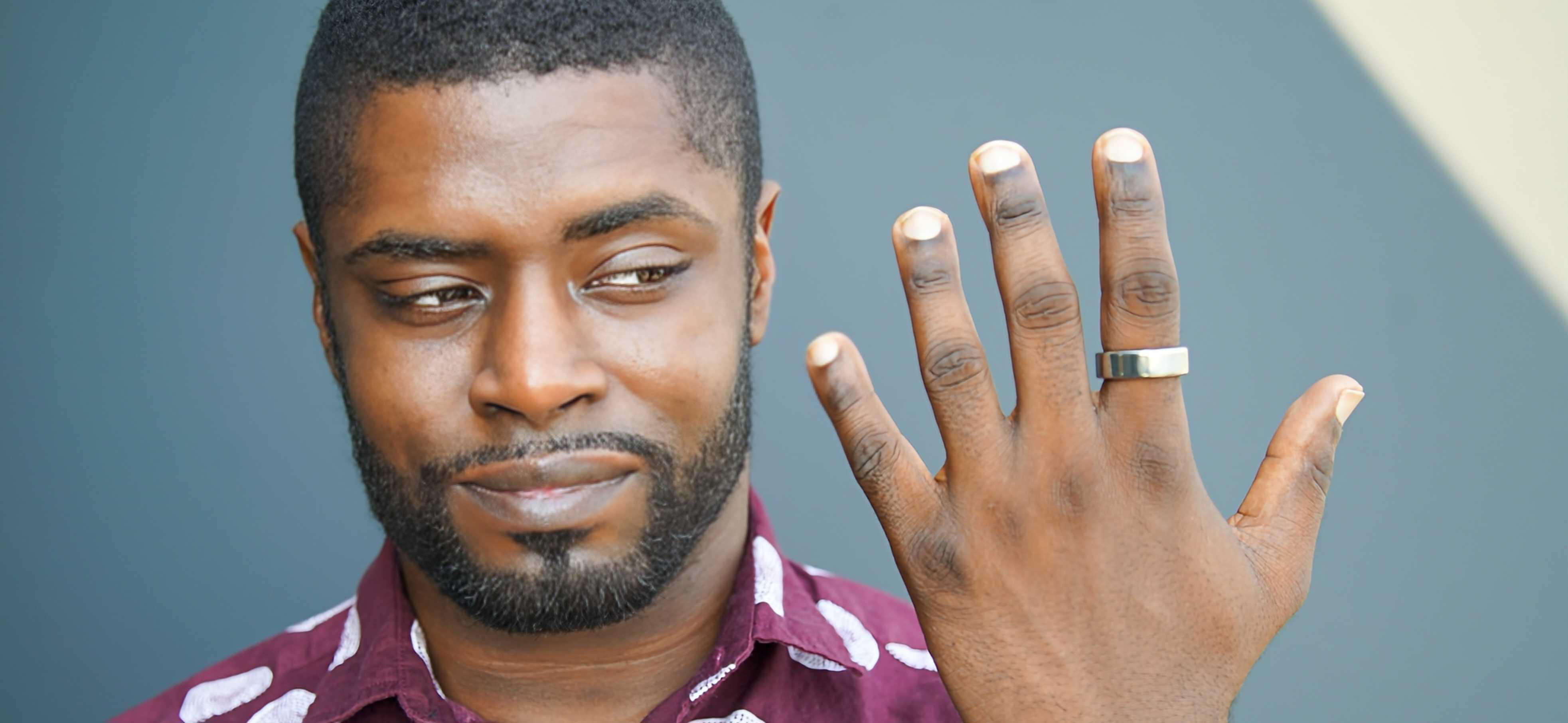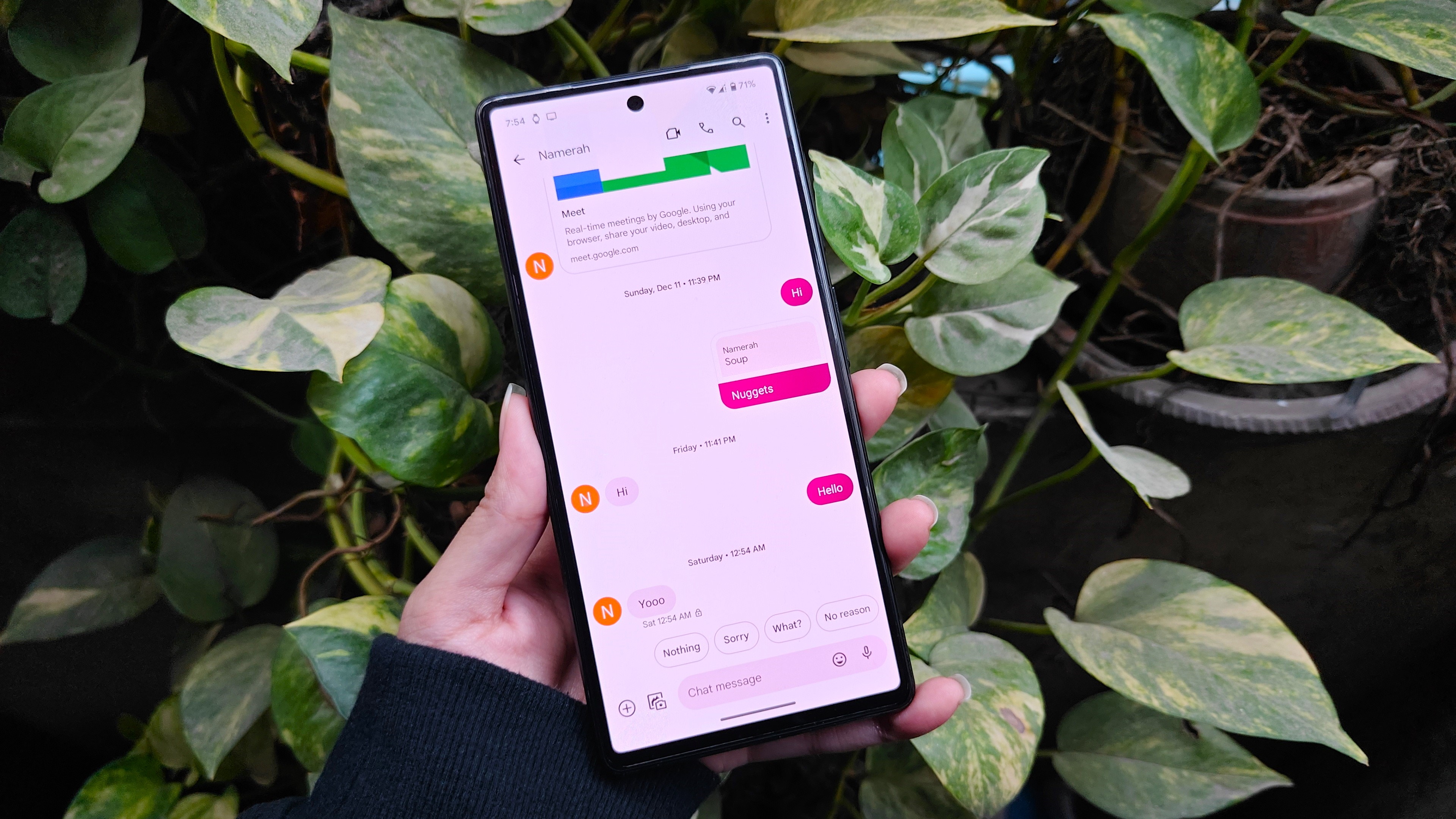Android Central Verdict
The Oura Ring (Gen 3) is a fine activity tracker that gets the job done and then some. With features like 24/7 heart rate monitoring, impressive sleep tracking, and personalized insights and recommendations, Oura proves that big things can come in small packages. Some may be locked behind a paywall, but the discreet design and long battery life just might be worth it.
Pros
- +
Small, durable, discreet design
- +
Fantastic battery life
- +
Comprehensive health/activity tracking
- +
Automatic workout detection
- +
Helpful nudges
- +
Free 6-month subscription
Cons
- -
Slow charging
- -
Awkward with weightlifting
- -
Useful features are hidden behind a paywall
- -
No GPS/no easy way to locate the ring when off-hand
Why you can trust Android Central
When it comes to health tracking, your choices all generally look the same. They usually come in some form of a wristband, whether it's a smartwatch or a fitness tracker. However, Oura takes a different approach to activity tracking and lets you put a ring on it with the Oura Ring (Gen 3).
The third-generation Oura Ring refines on previous versions by including advanced sensors and more of them, making it nearly as capable as any of the best fitness trackers. It's durable, lightweight, and discreet, and if it weren't for the companion app, you'd almost forget it was there. Unlike smartwatches or fitness trackers, most of which include displays to futz around with and pull your attention away from what you're doing, the Oura Ring (Gen 3) is largely out of sight, out of mind.
Just looking at the feature set, you can't help but be intrigued with everything Oura managed to squeeze into such a small space. But how does it all translate to real-life use? Well, I've used the Oura Ring throughout the year, and I've come out very impressed with it.
Oura Ring (Gen 3): Price and availability
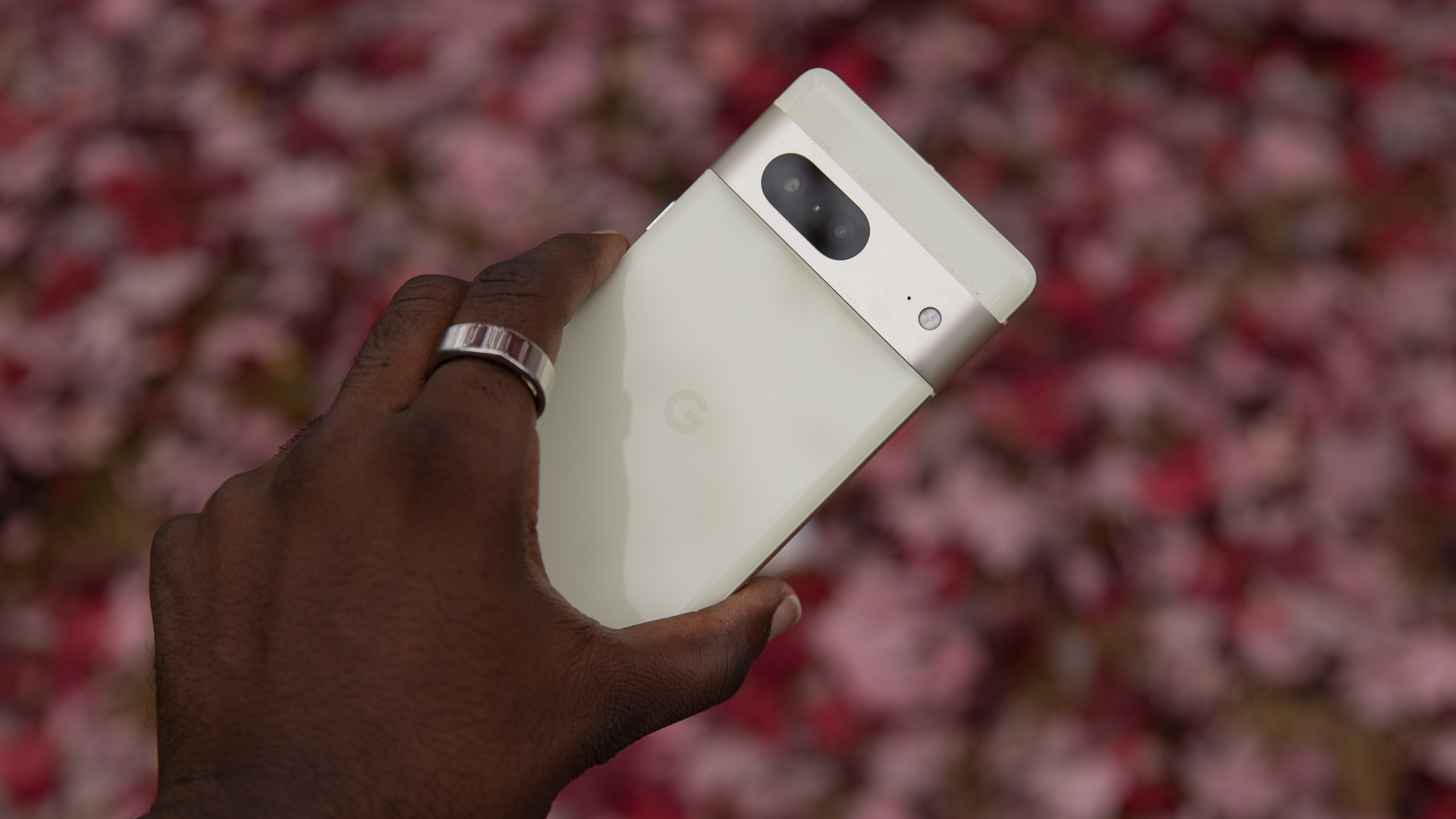
The Oura Ring (Gen 3) was announced in October 2021. You can purchase the device through Oura's website for $299 or $399, depending on the finish. It comes in a selection of colors, including silver, black, Stealth, and gold.
Oura also launched a new style for the Oura Ring in 2022. The Horizon style is completely circular, unlike the Heritage style, which has one side that is flatter than the rest. Oura Ring Horizon starts at $349 and is available in the above colorways alongside an exclusive Rose Gold.
A free sizing kit is sent to you so you can decide what will be a good fit. You can also use this to share with friends and family so they can easily place orders if they're interested.
There is a $6/month membership to access many features, such as insights and personalization. However, new members will get a 6-month free membership to try these features out, which is pretty nice.
Oura Ring (Gen 3): What I like
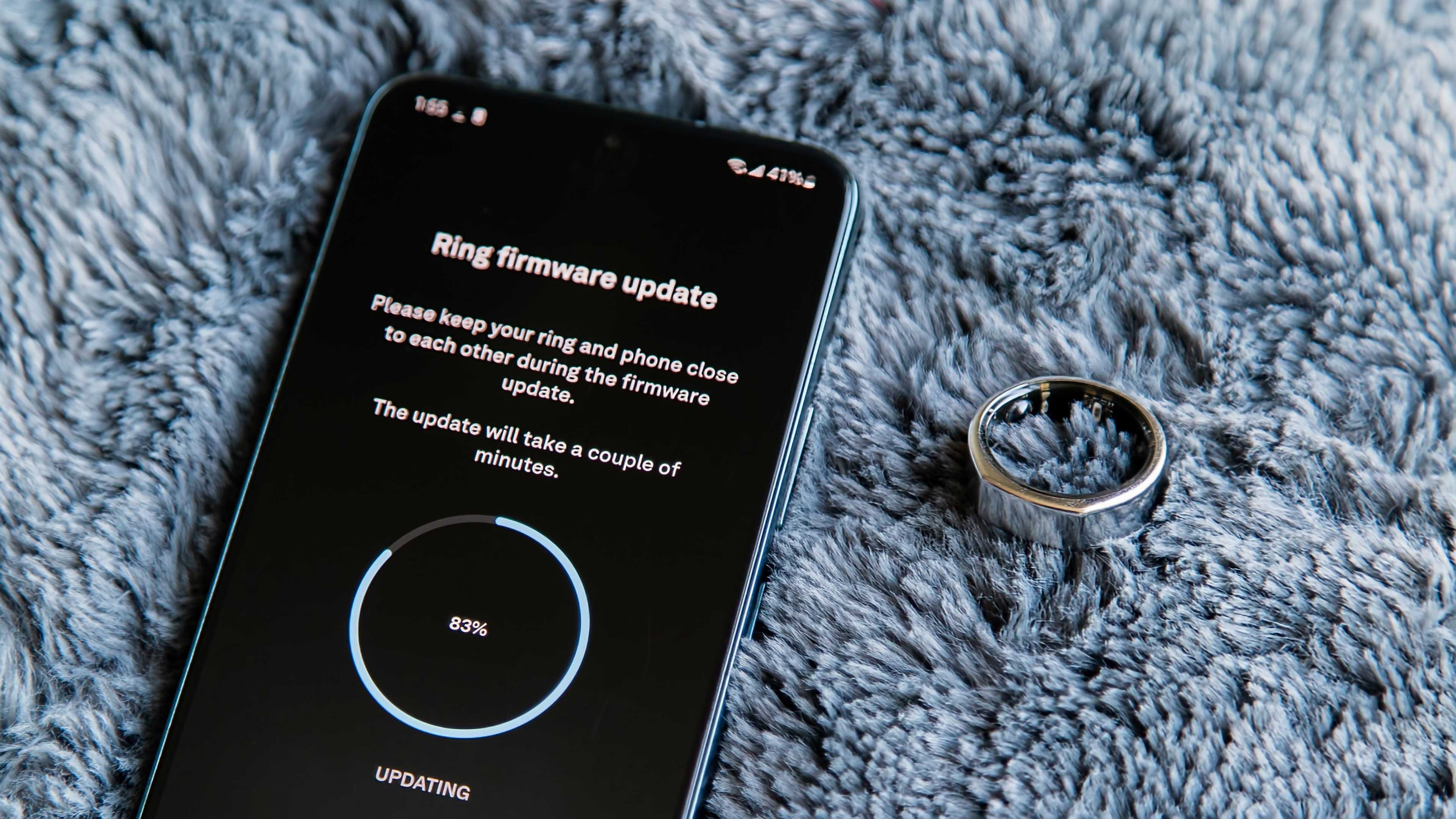
At first glance, it's just a regular ring. But once you look on the inside, you realize it's so much more. It's honestly kind of shocking that something so small can do so much. The Oura Ring (Gen 3) is capable of some useful health tracking, the kind of stuff you'd find in a fitness tracker.
Of course, given how small it is, you can't expect the world, but it's got down some of the basics while remaining surprisingly comfortable to wear. The titanium build keeps it light, but it still feels quite durable. And while the inside houses three protruding LED sensors, you don't notice them at all when wearing the ring.
Those sensors are used for continuous heart rate monitoring (PPG), temperature sensing, and sleep tracking. Oura says that it's stuffed 3x more sensors and 32x more memory into the (Gen 3) compared to the previous model. This should enable much more accurate tracking, which owners of the previous Oura Ring may appreciate.
Oura also says that the combination of all these sensors should enable it to help users detect if they're sick, which is particularly important given the COVID-19 pandemic that's still affecting much of the world. And while many features were not immediately available at launch, Oura has steadily rolled out more features over time to put these sensors to use, giving users the complete package and then some.
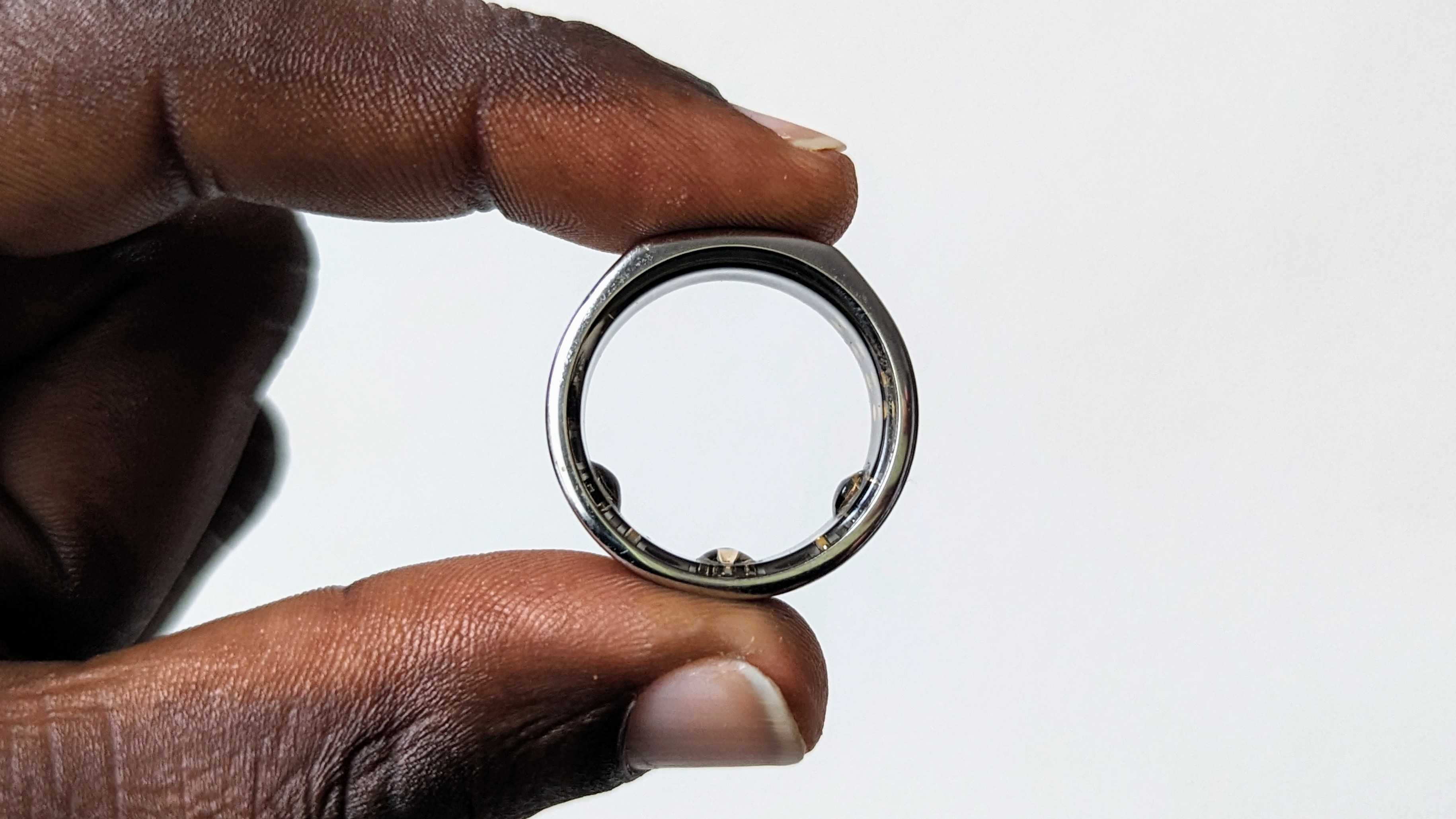
Oura stuffed a lot of features into such a small device, and more keep coming.
Bringing it all together is the Oura companion app, and it's quite a good one. It features a striking visual representation of vitals, with the home screen showing your readiness and sleep scores.
The latter score is calculated from a number of factors; your total sleep time, how much REM and deep sleep you had, and even the amount of time it took to fall asleep. I'm actually very impressed with its ability to track my sleep, and there was very little difference from what my smartwatch logged.
This has been further improved by the company's new Sleep Staging beta, which uses a new algorithm to more accurately determine my sleep stages. The Ring also measures SpO2 while you sleep, a feature that wasn't available at launch.
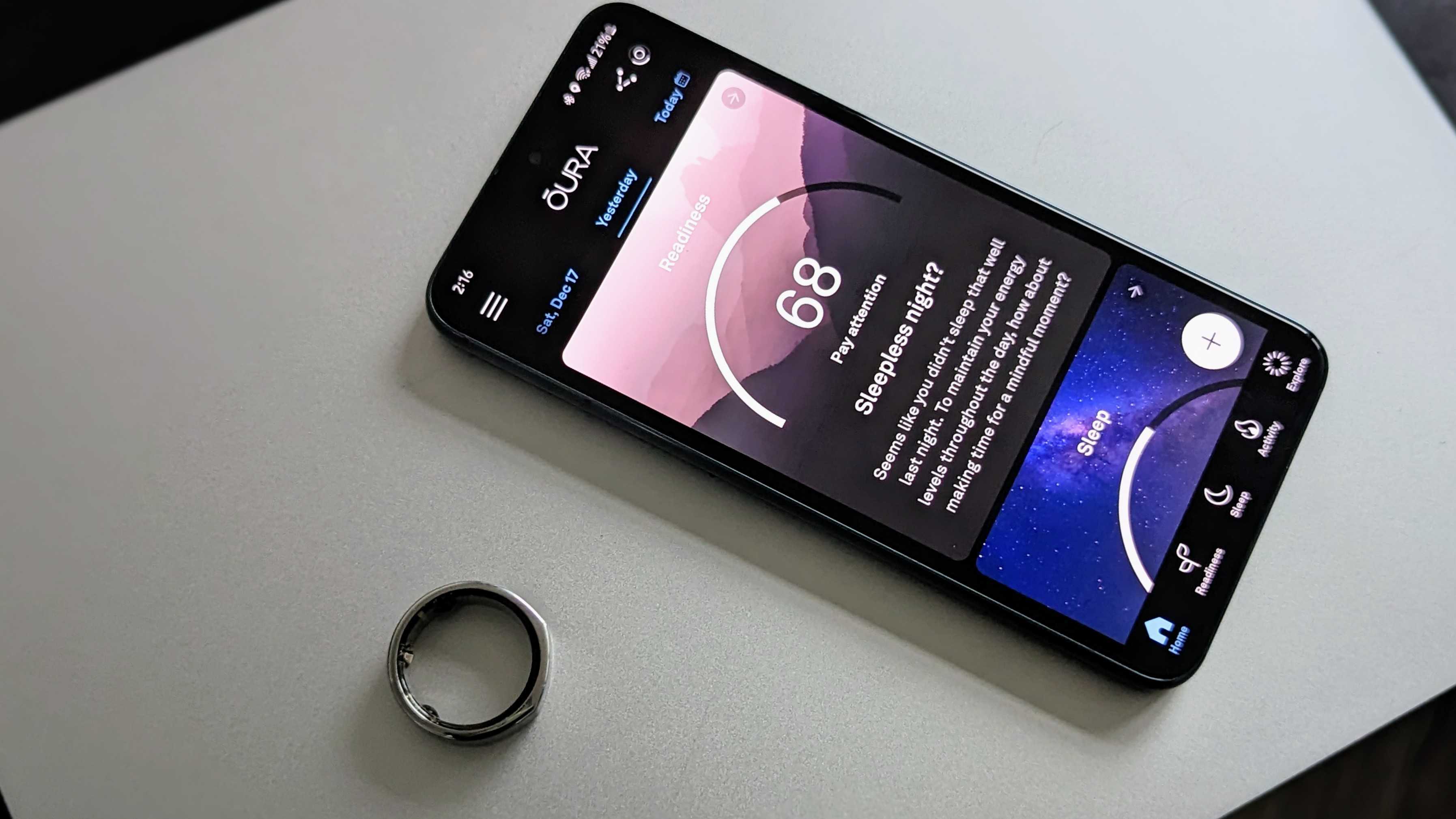
Then there's your readiness score, which takes all of your activity and sensor data into account to tell you how ready you are to tackle the day. It's based on how well you slept, your body temperature, resting heart rate, heart rate variability, and more. I appreciated it when the app would tell me to take a day of rest if I didn't sleep well after an intense workout the previous day. It's these types of glanceable insights that make the Oura app quite invaluable.
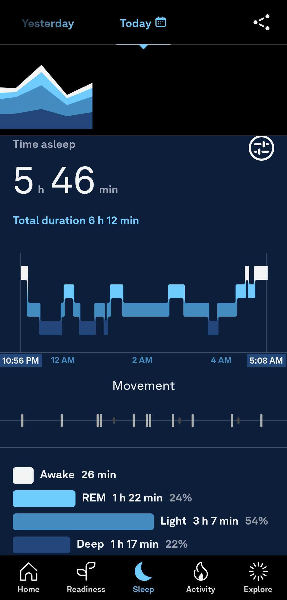
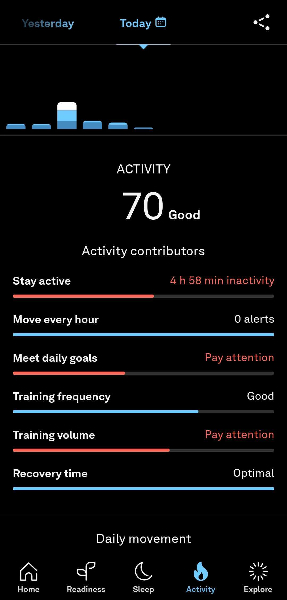
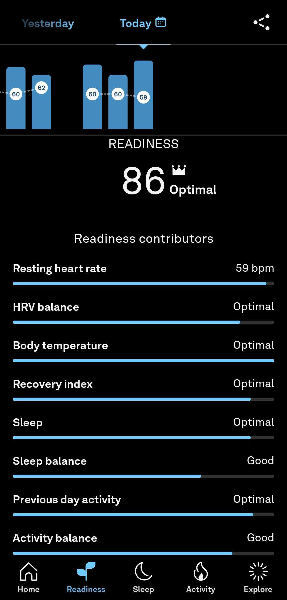
I also appreciate the nudges that I sometimes get if the ring notices that I haven't been too active. If I'm being lazy (which is often), my phone will ping me with a notification from the Oura app, telling me that I should get up and stretch my legs.
It's almost embarrassing, but sometimes you need to get called out when you feel less than motivated. The Oura Ring will also nudge me to start getting ready for sleep based on my usual sleep patterns, which is also helpful.
I was pleasantly surprised at how well automatic workout detection works on the Oura Ring (Gen 3).
Our Ring (Gen 3) was updated earlier this year to include automatic workout detection for Android phones. I wasn't too convinced about how well this feature could work, but I found myself pleasantly surprised. Opening the app after certain workouts, exercises, or even a brisk walk, the app would prompt me to confirm a workout that it tracked in the background. In my experience, the app is pretty good at determining when I went on a walk, run, or even some late-night dancing. The Ring was even able to determine when I went on a short bike ride around my neighborhood, something my Fossil Gen 6 Wellness Edition was unable to do.
Sometimes, it isn't able to determine the workout, so it just lists it as "Other," but this can always be edited. And for the workouts it can't really detect, I can manually input a strength training session, and it will fill in the information based on my movement and heart rate. There's also Google Fit and Health Connect integration, so it can automatically sync activity to and from my smartwatch and other devices. This is particularly handy so that the Oura Ring can take into account the workouts tracked with my smartwatch as it measures my readiness and activity scores.
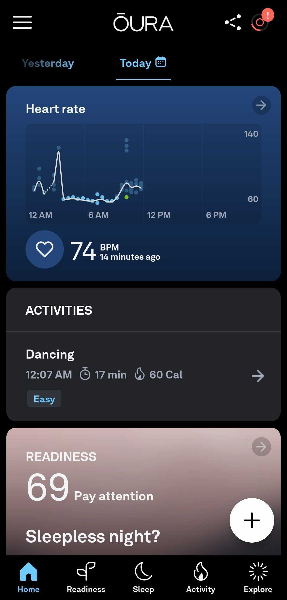
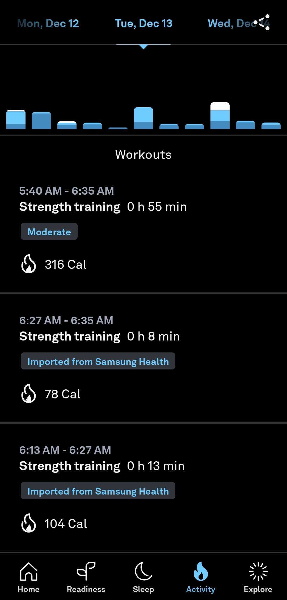
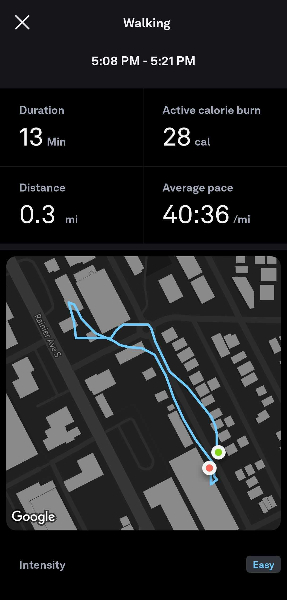
The Oura Ring also includes Workout Heart Rate for a better look at your activity performance. And while there's no built-in GPS, the Ring can track location via your smartphone for certain activities like outdoor runs.
Besides all the activity tracking features stuffed into the ring, I'm thoroughly impressed with the battery life. Oura says it should last from four to seven days, and in my use, I consistently in six days to a full week before needing to charge it. And I rarely take the thing off, so it's tracking pretty much all the time.
The Oura Ring is capable of period tracking and can help users predict fertility windows, although I'm unable to test these features.
Oura Ring (Gen 3): What could use some work
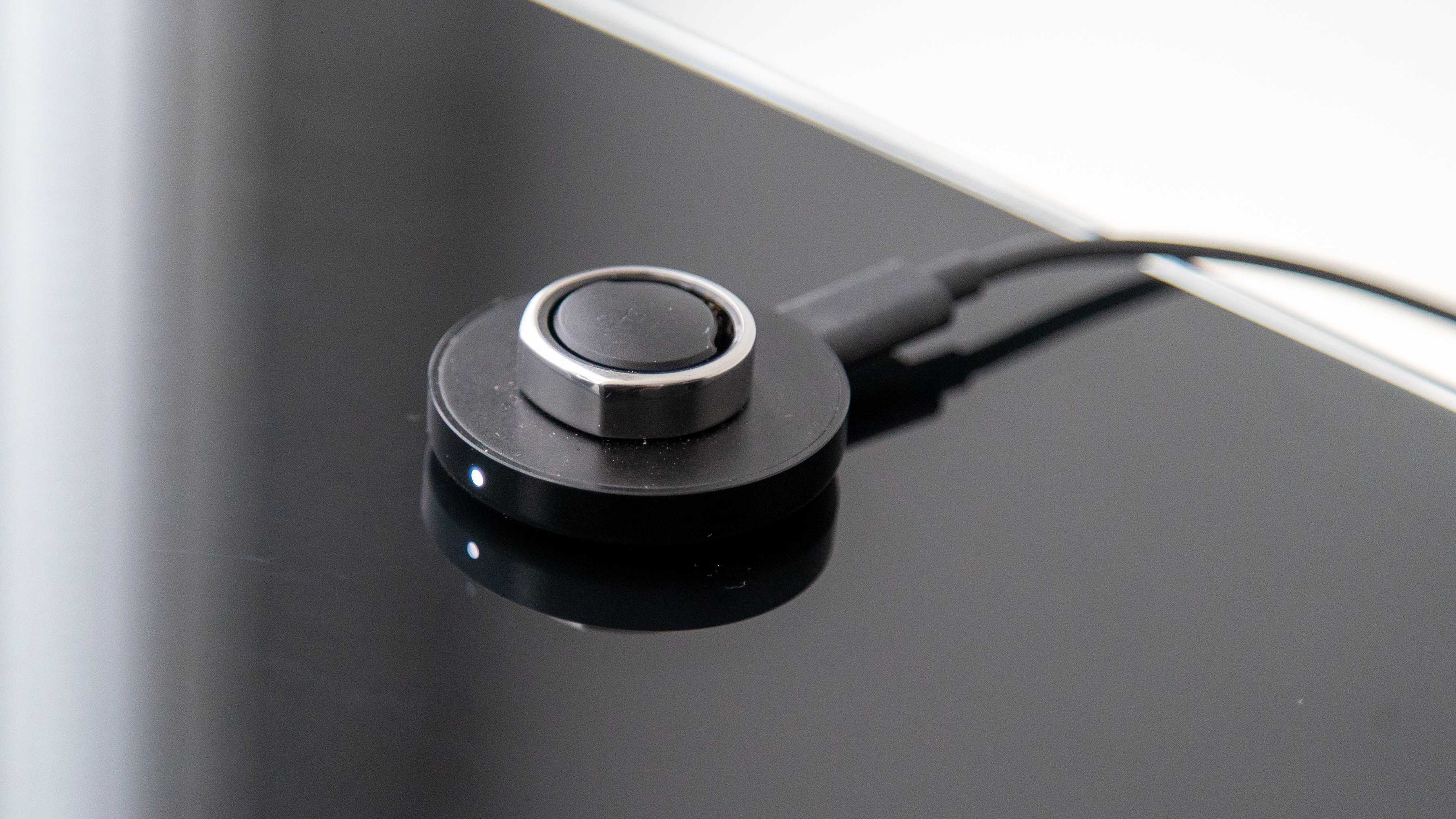
Yet despite the impressive battery life, when it comes time for charging, it takes about as long to get the Oura Ring topped up. That might be a bit of an exaggeration, but you won't find any kind of fast charging tech here. When the ring finally hit 4%, for example, it took nearly two hours to get it back to 100%. Fortunately, that works if you take some rest time, as the ring might suggest from time to time, but it could still be quicker.
As mentioned before, the Oura Ring (Gen 3) has an impressively discreet design that I love. However, that design can work against it, too. As someone who does a lot of weightlifting, wearing the Oura Ring can often get in the way. It's not necessarily with every workout that I notice it, but the ring makes its presence known when benching or doing curls. It's a tough ring, thanks to its titanium build, but after even one set, I'll notice a few scuffs that eventually turn into scratches. This isn't too noticeable at first glance, but the more you wear it, the more scuffed up it looks.
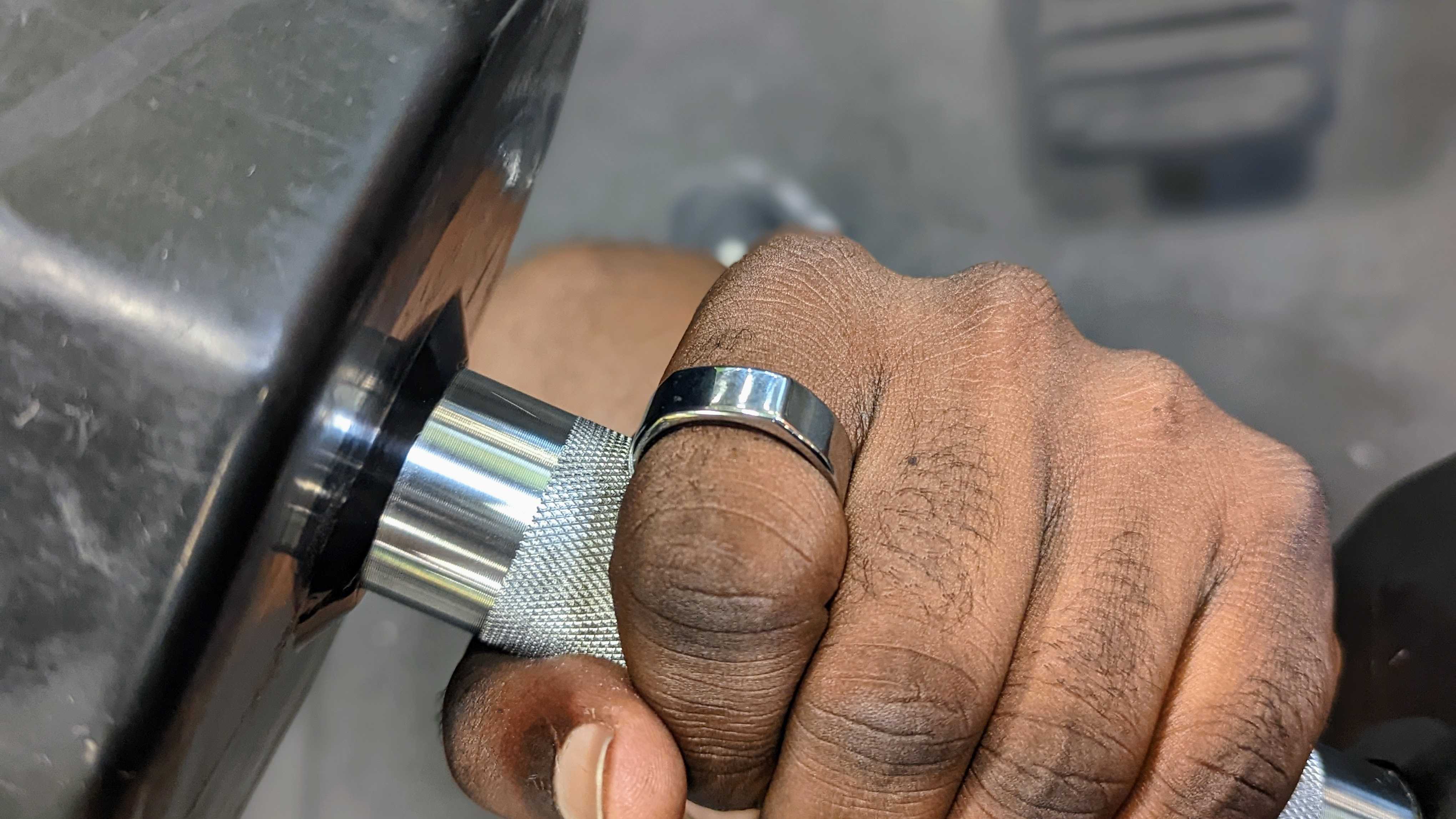
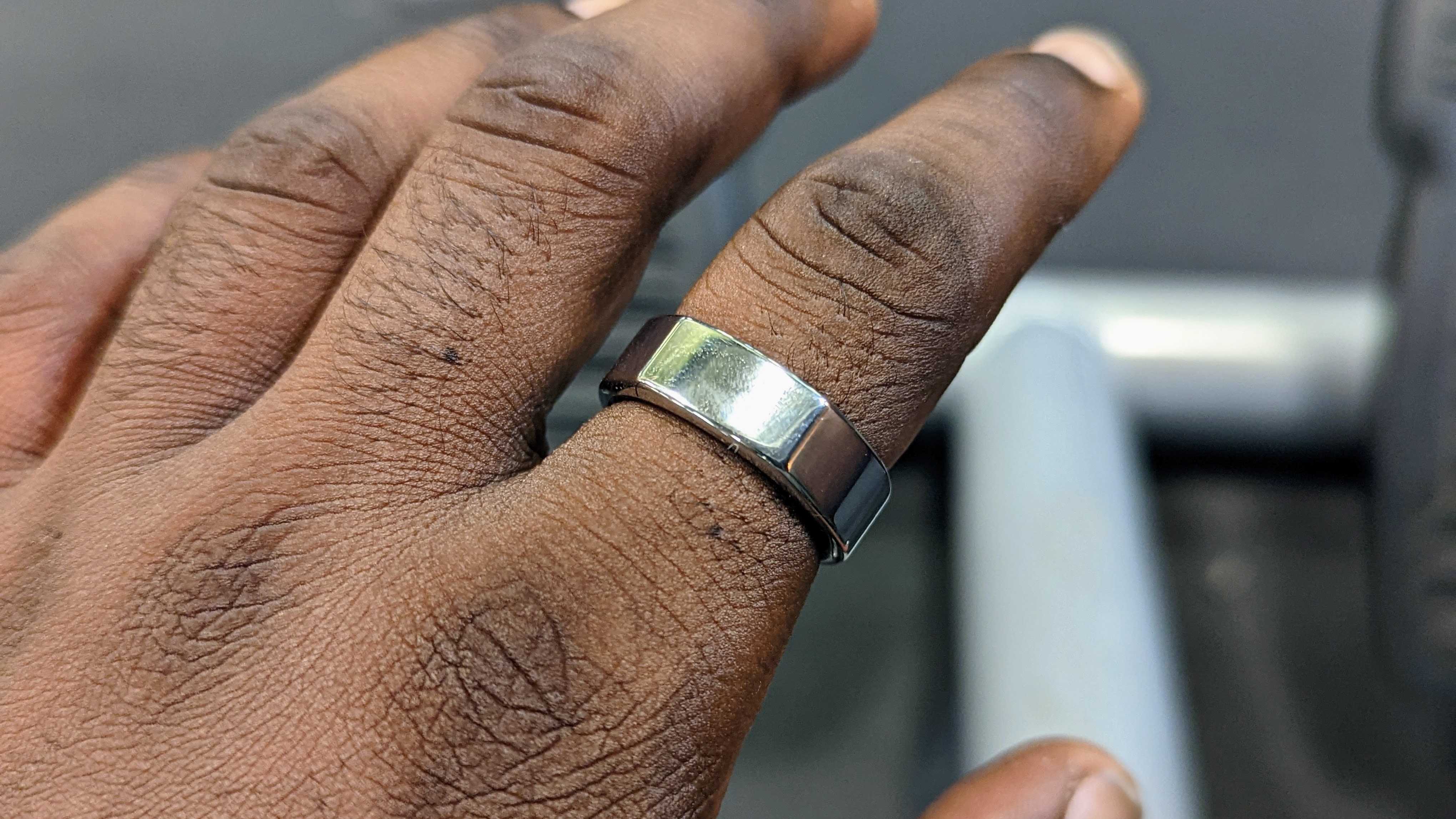
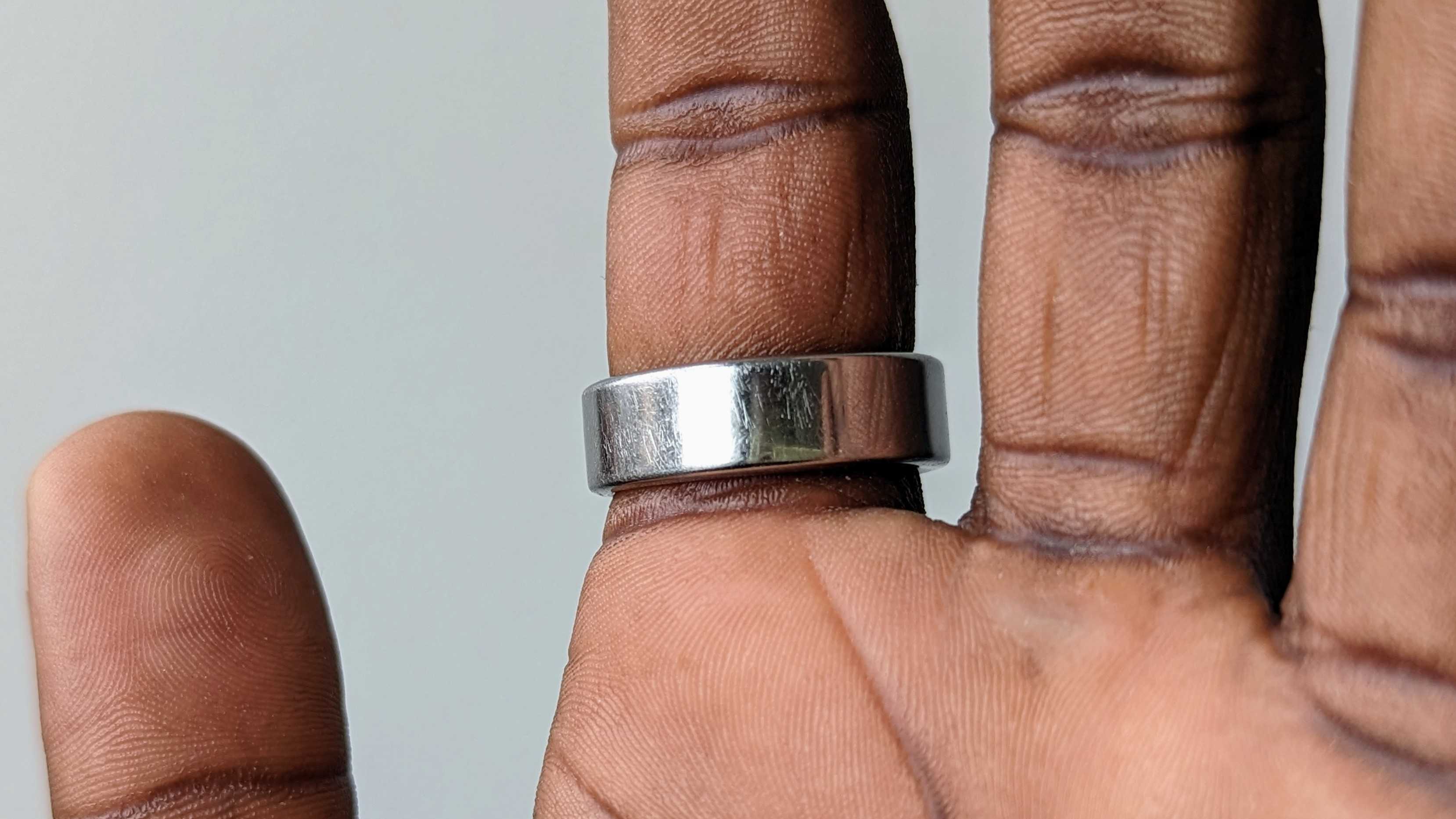
As an activity tracking device, it shouldn't get in the way when I'm doing activities, but weightlifters should be wary about wearing rings during workouts anyways. Wearing gloves may help, but it's not a perfect solution. Regardless, you may want to think twice about wearing the Oura Ring if you do a lot of weightlifting.
What I'm not too impressed with is the subscription. It's $6 per month and will give you access to many features that make the ring useful, such as insights and personalized recommendations. Sure, you get six months for free as a new member, and at this point, this kind of thing has become par for the course for many fitness trackers, but it becomes an added cost on top of the already expensive ring.
It's also worth noting that there doesn't seem to be a way to easily locate the ring since the device lacks GPS. If it still has a charge, you can use a Bluetooth tracker app to try and locate it. However, if you are prone to losing stuff, you could find yourself out of a pretty expensive tracker if the battery dies.
Oura Ring (Gen 3): Competition
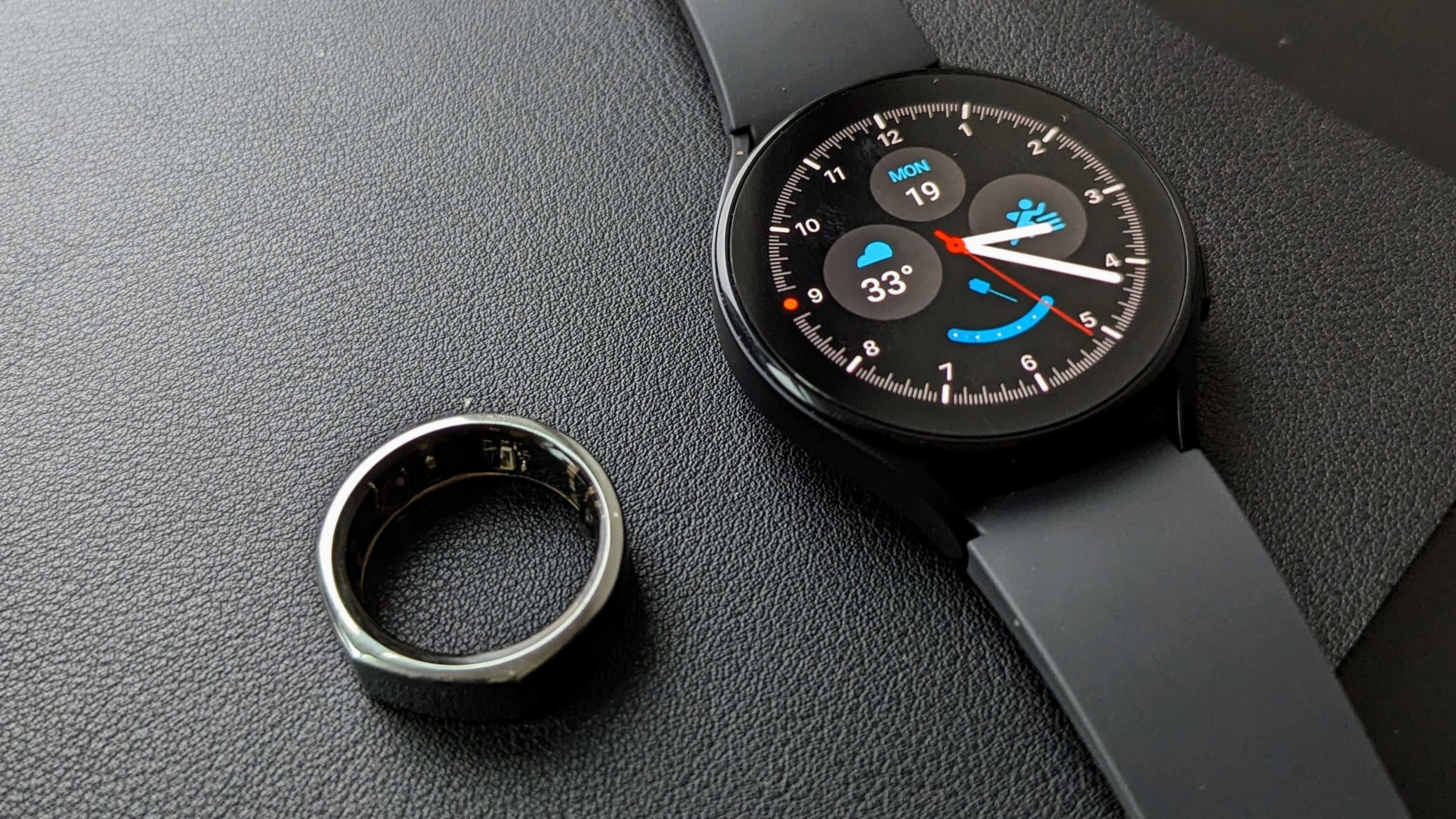
If you're looking for something with a little more oomph, you're probably looking for a fitness tracker. And no one makes them better than Fitbit. The Fitbit Charge 5 is an impressive little tracker that includes a color display. Plus, you get automatic workout detection, an ECG sensor, and tons more, thanks to the Fitbit Premium membership. Of course, there is the ever-persistent problem with syncing issues that often occur with Fitbit devices, particularly the Charge 5.
The Amazon Halo band might be a good alternative if you're a fan of not having a screen to distract you. It's a comfortable band that comes in different colors and has plenty of basic health tracking features, plus some added features if you throw down a few bucks for the subscription. However, some features, like the Tone and Body Composition, can be a little intrusive and definitely run the battery down much faster.
Of course, if you want the full smartwatch experience, the Galaxy Watch 5 is the best you can buy. Battery life may not be as robust as the other options, but you get optional LTE so that you can leave your phone at home, and you have access to come impressive health and tracking features. Plus, Samsung's new BIA sensor can measure your body composition to help you target areas you can improve on.
Oura Ring (Gen 3): Should you buy it?
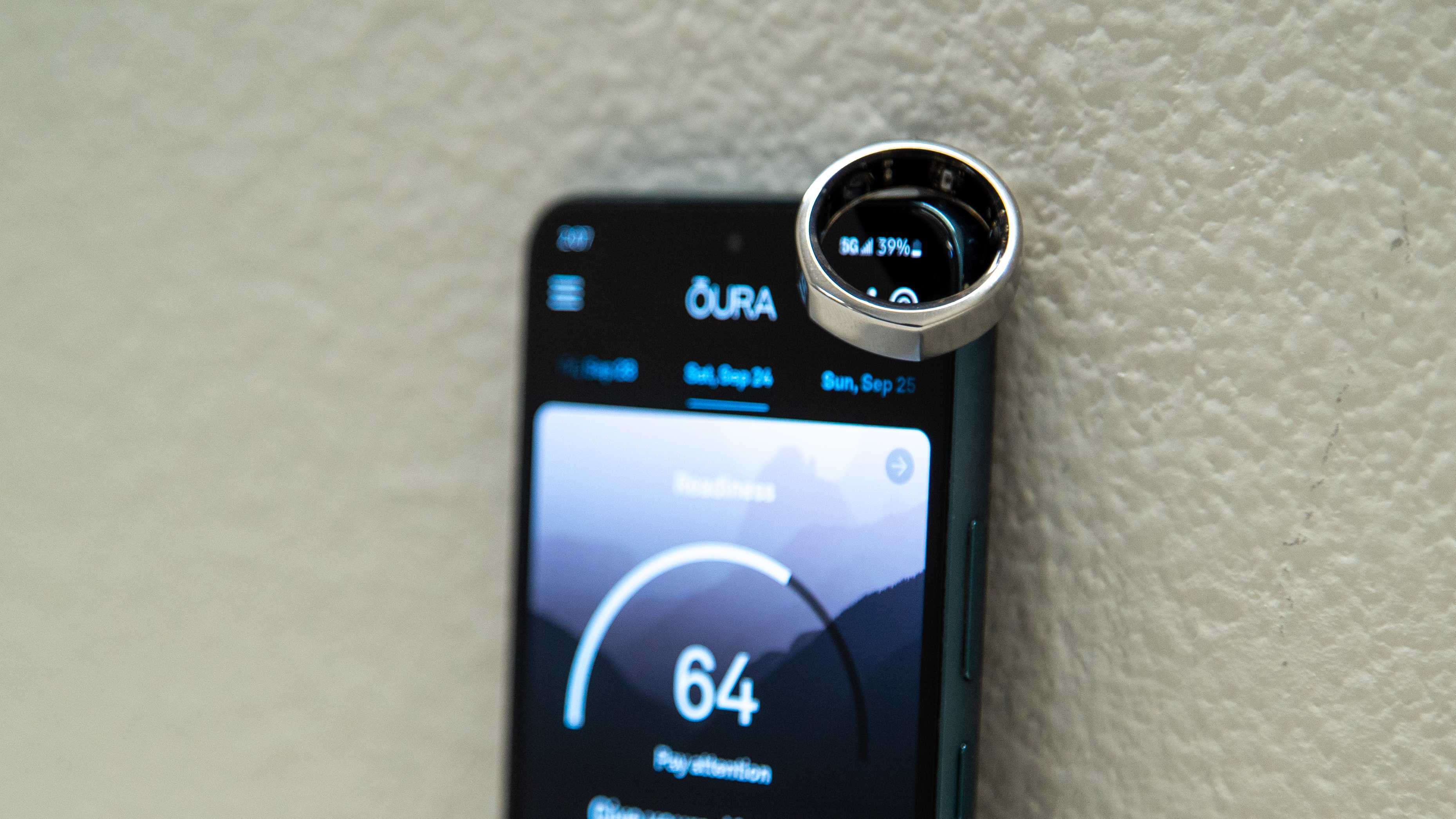
You should buy this if ...
- You are looking for a good health-tracking device.
- You don't want to be distracted by a display.
- You want a stylish yet discreet accessory.
You shouldn't buy this if ...
- You're a weightlifter.
- You're looking for an inexpensive fitness tracker.
- You lose small items easily.
The Oura Ring (Gen 3) is for anyone that wants a discreet fitness tracker that won't get in the way of most activities. You won't be distracted by a display so that you can focus on your workout, and it appears like a regular ring that looks great. The companion app is also helpful and can provide personalized insights that will help guide your days to ensure you get the rest you need.
If you are a weightlifter, it will get in the way, which may force you to take the ring off and kind of defeats the purpose of having an activity tracker when it's not actually tracking your workout. Plus, it's pretty pricey, and there are plenty of cheaper alternatives.
Otherwise, the Oura Ring (Gen 3) is a surprisingly excellent activity tracker for its size. Oura has squeezed tons of sensors into a small chassis, making it nicely discreet and largely inconspicuous. It gives remarkably detailed insights into your sleep and activity levels and can help you get the best out of your day by guiding you.
It's not for everyone, particularly those that need a more robust feature set like an ECG sensor. But for most people that need basic health and fitness tracking, the Oura Ring (Gen 3) should do the trick, and Oura keeps adding more features. Unfortunately, the price doesn't make it too attractive for those people, particularly when you factor in the membership cost.
Many of the features you find in the Oura Ring can be found on other, cheaper fitness trackers and smartwatches. At this point, it seems like you're paying for the novelty of its form factor, which is still pretty impressive, given what it's capable of. But is the discreet design something you're willing to pay a premium for? As someone who does a lot of weightlifting, not really. But I can see this being a useful investment for runners and swimmers.
I wear my Oura Ring alongside my Galaxy Watch 5, which I think is an ideal combination for anyone. If you're fortunate enough to get your hands on the Oura Ring (Gen 3) and can handle the splurge, I think it is an excellent supplement to any smartwatch.
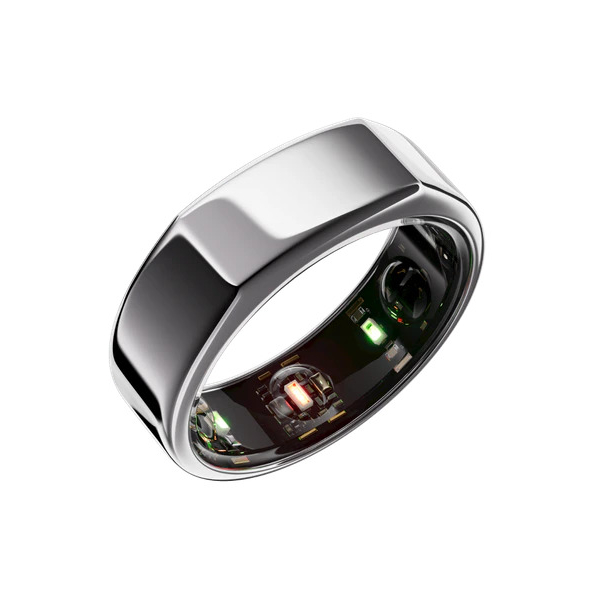
Despite its high price, the Oura Ring (Gen 3) is an impressive activity tracker. At first glance, you would think it to be a regular ring, but it's so much more than that, with 3x more sensors and 32x more memory than the previous generation. And even with all that, you can still squeeze out a week's worth of battery life.
Oura Ring (Gen 3): Review changelog
This review was originally published in February 2022. It was updated on December 19, 2022, with the following changes:
- Updated the "What I like" section with details on recent updates and features.
- Added the Galaxy Watch 5 to the "Competition" section.
- Updated all images.
This review was updated in August 2022 with the following changes:
- A list of recent Oura Ring updates was added to the "What I like" section.
- Added the Amazon Halo fitness band to the "Competition" section.
- Updated the "What could use some work" section; removed mention of missing features.

Derrek is the managing editor of Android Central, helping to guide the site's editorial content and direction to reach and resonate with readers, old and new, who are just as passionate about tech as we are. He's been obsessed with mobile technology since he was 12, when he discovered the Nokia N90, and his love of flip phones and new form factors continues to this day. As a fitness enthusiast, he has always been curious about the intersection of tech and fitness. When he's not working, he's probably working out.
